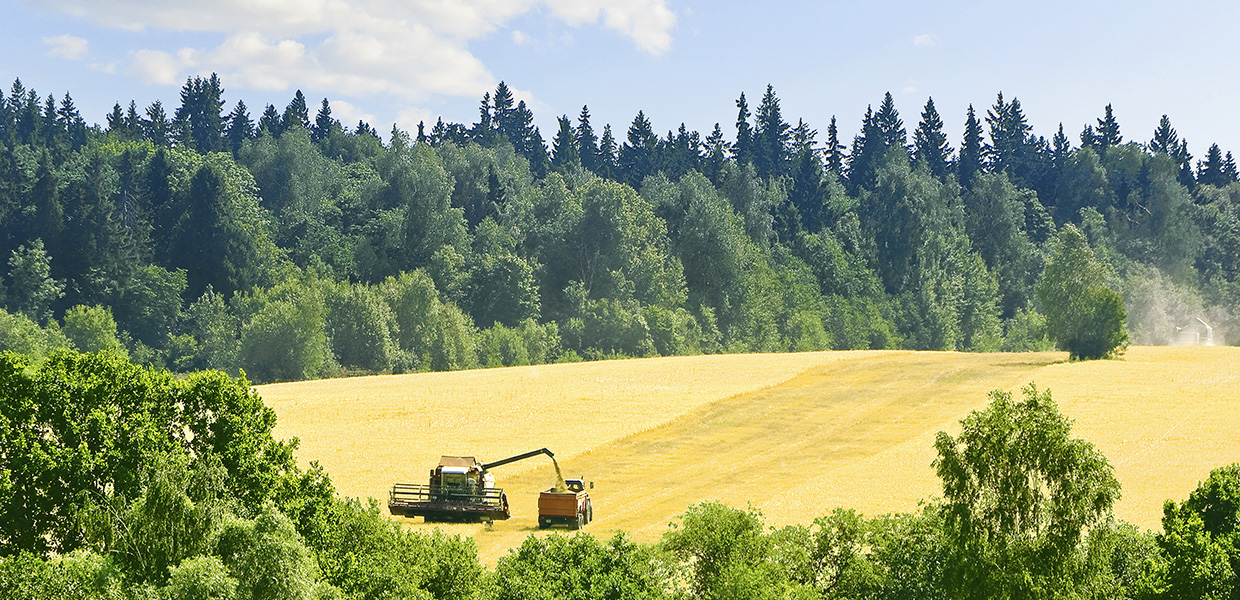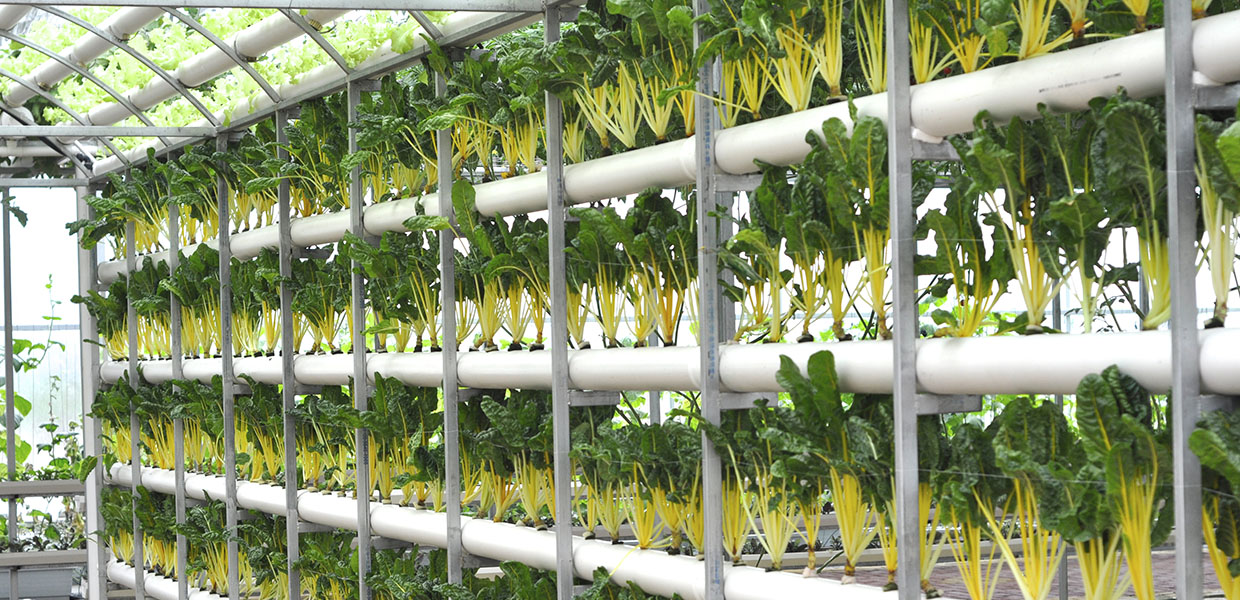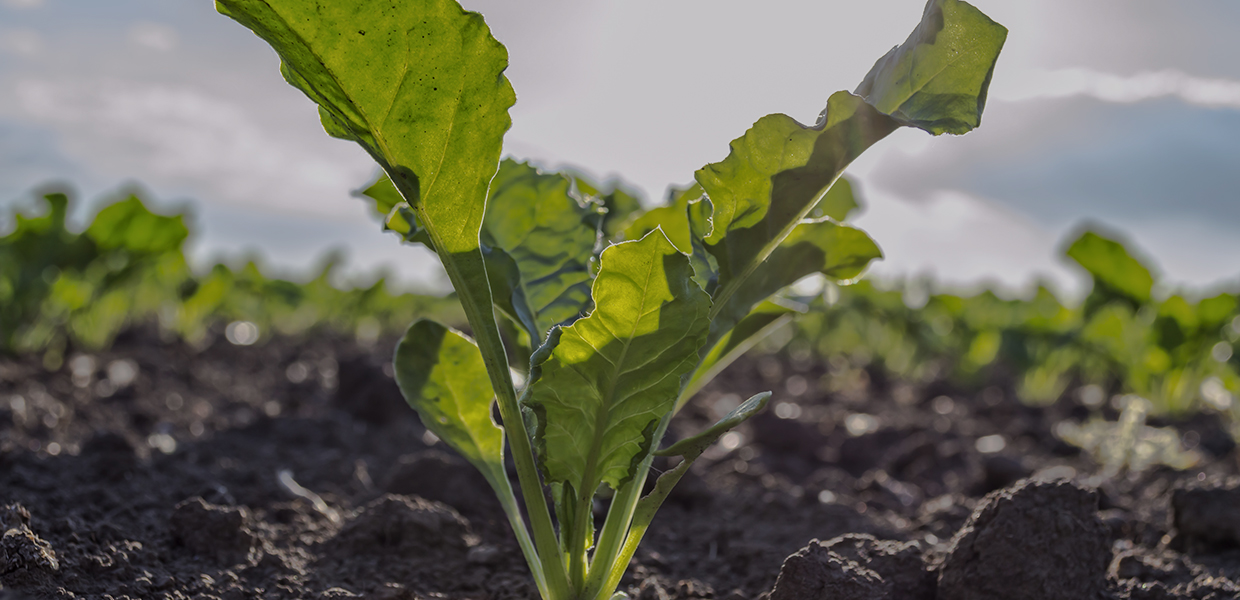2022 brought new challenges to the world economy and the agricultural industry. We’ve witnessed the consequences of COVID-19 and war in Europe, leading to rising gas and electricity prices, continuous difficulties in sourcing ag equipment, and parts scarcity. However, food demand hasn’t decreased, and growers still face the challenge of feeding a fast-growing population.
“With climate top of mind and biodiversity rapidly rising as a key business issue, we expect to see sustainable food systems transitions accelerate in 2023.” said Erica Ward, DLL Sustainability Consultant. “Increased transparency driven by the Global Biodiversity Framework, SBTi’s FLAG (Forest, Land, and Agriculture Guidance), and the launch of the Taskforce for Nature-Related Financial Disclosure (TNFD) Framework will mean public, science-based targets and clear risk management approaches will become table stakes for agriculture and food companies.”
We at DLL consistently monitor the market and explore future trends to be able to provide our customers with flexible financial solutions to help them keep up with the required pace of innovation in the food and ag sector.
Regenerative agriculture
According to studies, 75% of millennials are now adjusting their consumer behavior, keeping its environmental impact in mind 1, and transitioning to regenerative agriculture is the next step for food producers. At its core, regenerative agriculture is a principle-based approach to farming that leverages natural systems to restore degraded soil’s carbon profile to turn agricultural lands into carbon sinks instead of sources of greenhouse gas emissions. It aims at minimizing the use of chemicals and synthetic fertilizers, which not only leads to healthier food as a benefit for us as humans, but also improves biodiversity and creates environmental benefits for our planet.


